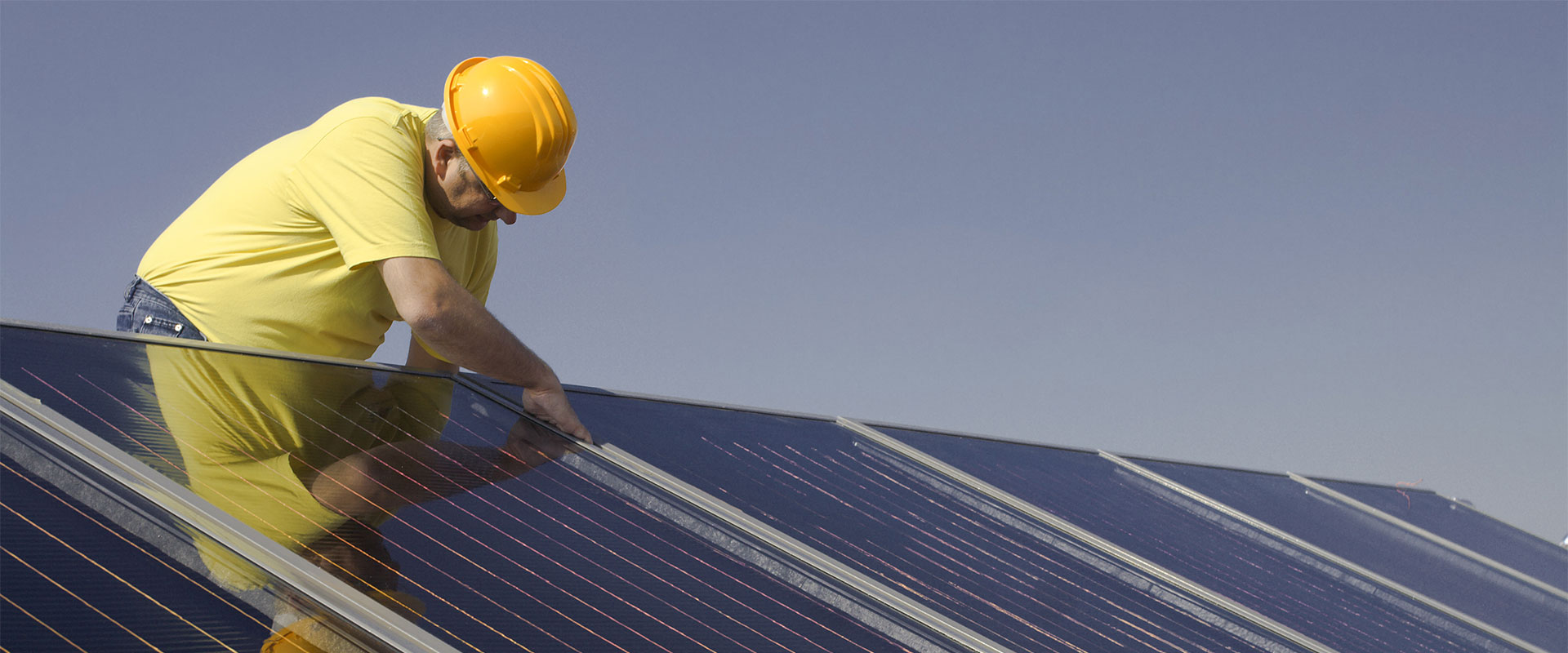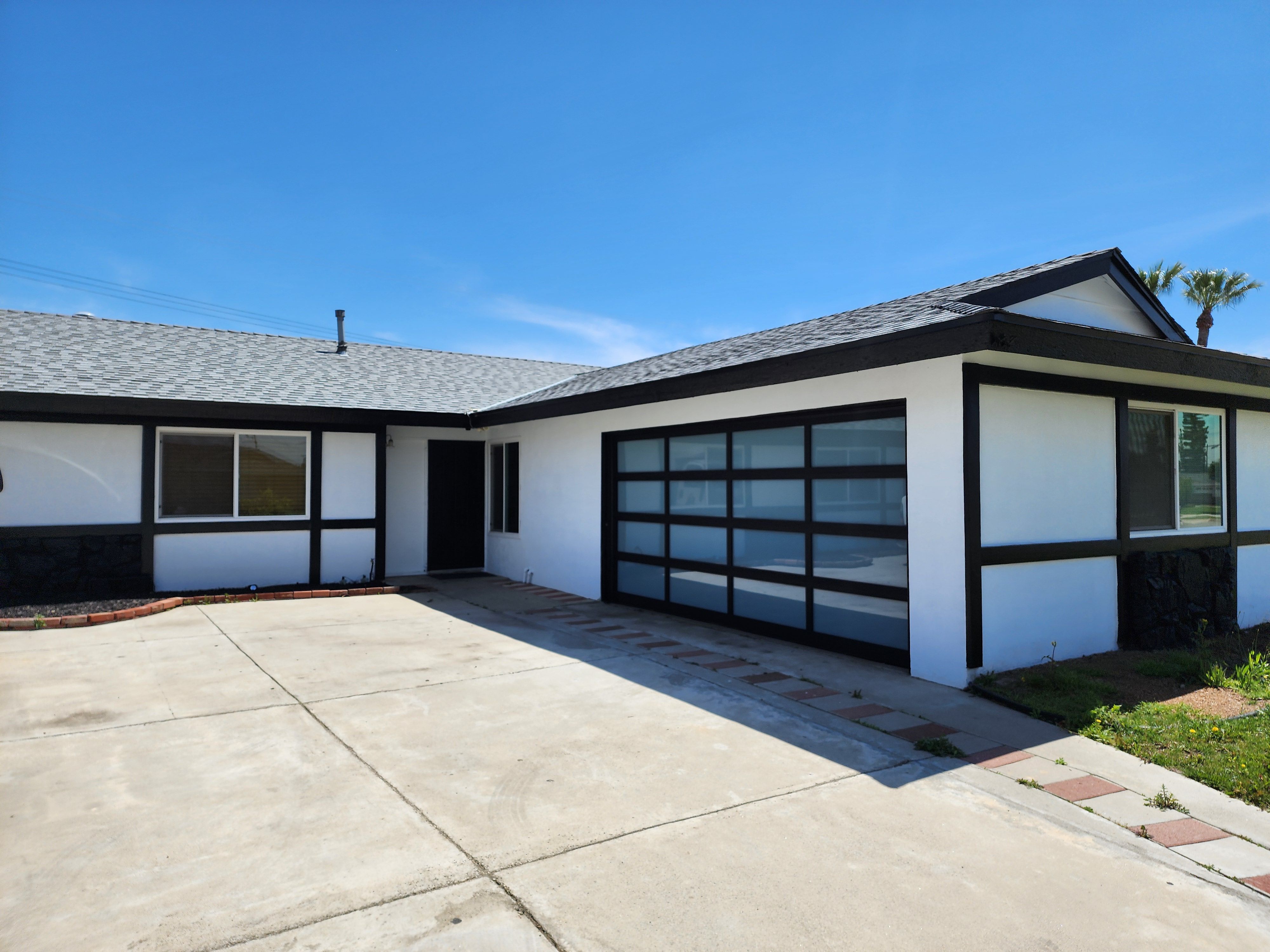January 12, 2024
Thinking of DIY your roof?
DIY your roof? It's not a good idea. Sitting under an old roof can get very costly, very quickly: the risks you run with a roof that might not hold up to wear and tear are too great to take on, especially during storm season in the South East!
So, say you’ve finally made the decision to go for a new roof, now would be the time to decide on how to go about it.
If your mind is thinking DIY, it might be worth rethinking that decision. We’re all for DIY, but roofing is a whole different game. Before you go for it, it might be worth knowing why it is that you’re opting for DIY – several things might have crossed your mind:
- You simple enjoy DIY
- You want to save on the profit margins contractors might make
- You want to control when and how the job gets done
- You want to make sure it’s done with care
If it’s any of these reasons, a mix of them, or something else altogether, it pays to know whether or not DIY roofing is the best way to go.
Why You Shouldn’t DIY Your Own Roof
- It’s dangerous
How dangerous? Enough to be listed as the 6th most dangerous job in the US.
Roofs are very tricky. Assuming you are or have gotten used to heights, walking on roofs can be extremely difficult; roofs (especially residential roofs) are rarely flat, and it takes a lot of skill to actually navigate your way up there without messing up the roof itself, misplacing shingles, or falling.
It takes a lot of training to learn how to keep balanced and work on a roof with ease. Attempting the job on your own and without safety gear can be very risky.
- You don’t save money
In the end, DIY-ing your own roof doesn’t actually end up saving you money – it might actually cost you more! The money you save on contractor fees goes to one of the things you’ll need to get the job done.
For one thing, you’ll need to buy the roofing materials, and more often than not, you’ll have to buy more than you need; roofs aren’t sold by the shingle, so you’ll have to buy a set. Not only do contractors get better deals for the materials, but they can also use the materials on other roofs, which they can deduct from the eventual price you pay.
You’ll most likely need to rent tools as well, not to mention remove the existing roof and disposing of the material. Shingling over an existing roof is rarely a good option, so opting for doing that not only is a bad idea, but it might end up costing thousands of dollars down the line – you could essentially be doubling the holes in your roof!
- It take of lot of time to research everything
Removing an old roof and installing a new roof might seem easy at the outset, but you need to know a lot before you can take the project on all by yourself.
For one thing, it’s important that you’re able to spot existing problems. For another, you should be able to spot your own mistakes before you carry on – if while removing a shingle you end up ruining the decking underneath, it’ll be a few months before you’re breaking your budget repairing a leak.
- You might miss critical problems
The vast amount of research it takes to do the job isn’t enough on its own: it takes skill to detect problems that aren’t always so straightforward.
Any roof will carry out a thorough inspection before getting to work on the new roof, and it takes a trained eye to notice if there’s a problem or if the current setup poses risks down the line.
- It will (most likely) take more time
You might be leaning towards a DIY roof to save time: getting the job done when you want within the timeframe you’ve set.
The problem with this is that it poses 2 risks: 1. Your roofer might recommend a different time to get started with the work, since weather conditions have a role to play, and 2. If it does end up taking more time (which it usually does), leaving your roof exposed to bad weather sets it up for more risks of roof damage and extra costs.
- You’ll void the warranty
Manufacturers have strict requirements and instructions as to how their roofing materials should be handled and installed, and warranties typically hold only when certified roofers do the work.
If you try and pull off the roof on your own, the manufacturer will void your warranty, which gets problematic down the line once the roof sustains wear and tear over time.
- You won’t be able to make use of your insurance
If anything goes amiss during your own roof replacement, chances are that your insurance won’t pay the costs of any damages. Insurers normally stipulate that the work is done by qualified professionals for them to cover the costs.
So how should you go about getting your new roof?
The best thing to do is to hire a professional contractor you can trust, starting off with a free inspection to understand your option and going from there. If you’re looking to know more about navigating the process in a no-frills way, check out our other resources on selecting the right contractor and getting the best deal on a new roof, or reach out to us for more advice!
Related Posts:
Trusted by some of the biggest names in the business!














